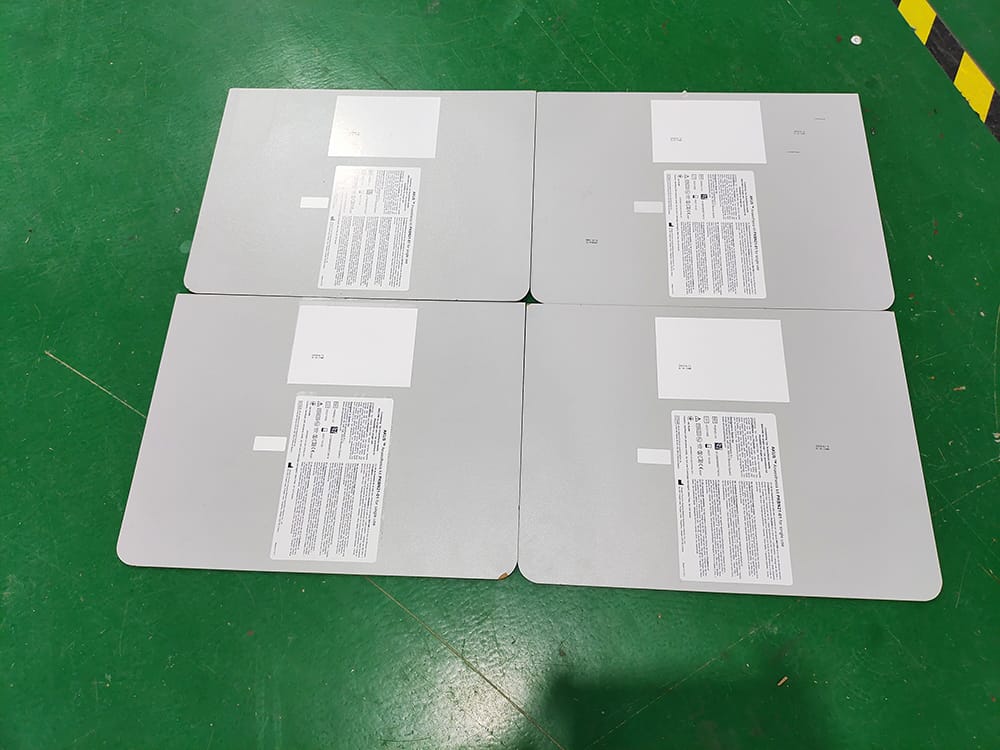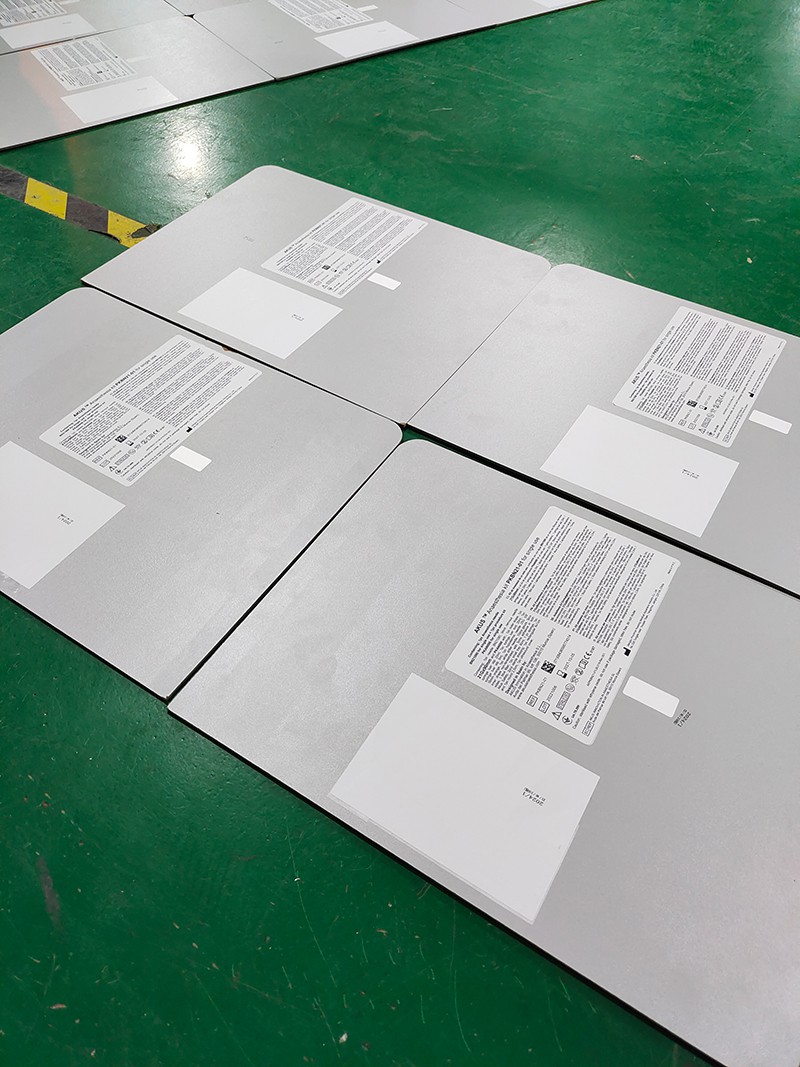The concept of labeling is fundamental in the packaging industry, serving not just as a means of branding but also as a crucial component in conveying information about a product. In a world where efficiency and precision are paramount, the role of flat labeling machines on tabletop setups has become increasingly significant. These machines, designed to automate the application of labels on various flat surfaces, exemplify the marriage of technology and functionality in modern manufacturing processes.
The operation of a flat labeling machine on a tabletop involves a series of orchestrated steps, starting from the feeding of labels into the machine, the detection of the item to be labeled, the precise application of the label, and finally, the smoothing out of the label to ensure it adheres properly without air bubbles or wrinkles.
This process, when repeated multiple times, ensures consistency in label placement, which is critical for branding and product information visibility. As we delve into the workings of these machines, it’s fascinating to see how technology has evolved to meet the demands of speed, accuracy, and reliability in labeling. This article aims to explore the intricacies of flat labeling machines applied in tabletop scenarios, breaking down their operation, benefits, and the technology behind them into comprehensible segments for enthusiasts and professionals alike.

Understanding Flat Labeling Machines
The journey of a label from a roll to a neatly applied identifier on a product is both intricate and fascinating. Flat labeling machines, especially those configured for tabletop use, are engineered to optimize this process, handling labels with precision and care. These machines are designed to accommodate a wide range of label sizes and materials, making them versatile tools in the packaging industry.
Flat labeling machines operate on the principle of applying labels to flat surfaces through a series of mechanical and sometimes, electronic components. The process begins with the loading of the label roll into the machine, followed by the adjustment of the label path to ensure accurate application. Sensors play a crucial role in detecting the product’s presence and positioning, triggering the label application at the precise moment. This section aims to unpack the operational nuances of these machines, highlighting their design and functionality.
The Role of Precision in Label Application
The hallmark of a quality labeling job is precision. A label that is misaligned or improperly applied can detract from the product’s appearance and, by extension, its perceived value. Flat labeling machines use a combination of sensors and mechanical guides to achieve high levels of precision. These components work together to ensure that each label is applied consistently in the designated area, regardless of the product’s size or shape variations.
Precision in label application is not just about aesthetics; it’s also about compliance. Many products are subject to regulatory requirements that specify how and where labels should be applied. This section will delve into the mechanisms that enable flat labeling machines to meet these stringent standards, including the technology behind the sensors and the mechanical adjustments that ensure accuracy.

Speed and Efficiency in Labeling
In the fast-paced world of manufacturing and packaging, speed is of the essence. Flat labeling machines are designed to keep up with this demand, capable of applying labels at impressive speeds without compromising on accuracy. This efficiency is achieved through the optimization of the machine’s mechanical parts and the streamlining of the label feeding process.
The balance between speed and precision is a critical aspect of the design of flat labeling machines. This section will explore how these machines are engineered to maximize throughput while ensuring each label is applied flawlessly, including an examination of the motors and drives that power the machine’s operations.
Adapting to Various Label Materials and Sizes
One of the challenges in labeling is the diversity of labels themselves. They come in different materials, adhesives, and sizes, each requiring a specific handling approach. Flat labeling machines are equipped with adjustable components and settings that allow them to adapt to this variety, ensuring a smooth labeling process regardless of the label characteristics.
This adaptability extends to the products being labeled as well. The machines can adjust to accommodate different product heights and shapes, ensuring that the label application is consistent. This section will provide insight into the versatility of flat labeling machines, highlighting the design features that enable them to handle a wide range of labels and products.

Integration with Other Packaging Operations
Labeling is often one step in a broader packaging process, which may include filling, sealing, and wrapping. The ability of flat labeling machines to integrate seamlessly with other packaging equipment is crucial for efficiency and workflow optimization. This integration is facilitated by modular designs and standardized interfaces, allowing for easy setup and coordination with other stages of the packaging line.
This section will discuss how flat labeling machines fit into the larger context of packaging operations, including examples of successful integrations and the benefits of a cohesive packaging line.
Maintenance and Upkeep
Like any piece of machinery, flat labeling machines require regular maintenance to perform at their best. This includes routine cleaning, part replacement, and software updates. Proper maintenance ensures the longevity of the machine and consistent labeling quality.
This section will cover the essential maintenance tasks for flat labeling machines, offering tips and best practices for keeping the machine in top condition. It will also touch on troubleshooting common issues, ensuring that operators can quickly address any problems that arise.

Innovations in Flat Labeling Technology
The field of labeling machines is continuously evolving, with new technologies emerging to improve efficiency, accuracy, and ease of use. Innovations such as touch screen controls, improved sensors, and machine learning algorithms for automatic adjustment are making flat labeling machines more versatile and user-friendly.
This section will explore the latest advancements in flat labeling technology, discussing how these innovations enhance the machine’s performance and what future developments we might expect in the industry.
Conclusion
The role of flat labeling machines in the packaging industry cannot be overstated. They provide a crucial function in applying labels precisely and efficiently, ensuring products are ready for the marketplace. Through technological advancements and thoughtful design, these machines have become indispensable tools for businesses looking to maintain high standards in product presentation and compliance.
As we’ve seen, the operation of flat labeling machines involves much more than just sticking a label on a product. It’s about precision, efficiency, adaptability, and integration with broader packaging operations. With ongoing innovations in the field, flat labeling machines will continue to play a vital role in the packaging industry, helping businesses meet the demands of a dynamic market.
You may be interested:
- How does a blister packaging machine improve efficiency in the pharmaceutical sector?
- What is the Price of a Labeling Machine?
- What are the Advantages of a Small Corner Wrap Labeling Machine?
- What are the Requirements of a Wrap around Labeler for Wrap Around Labels?






